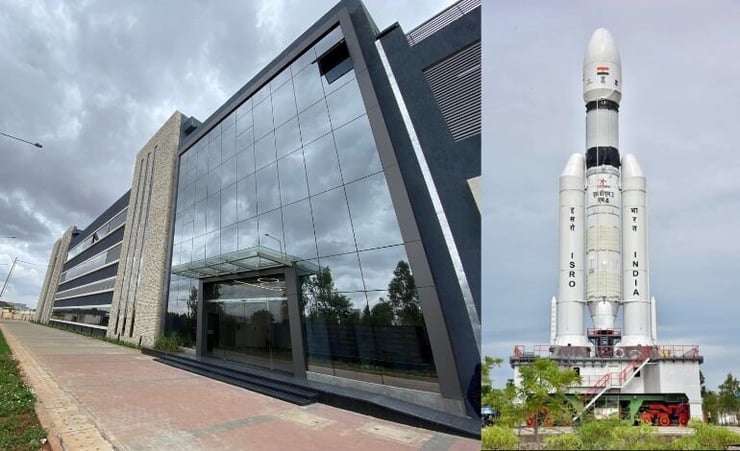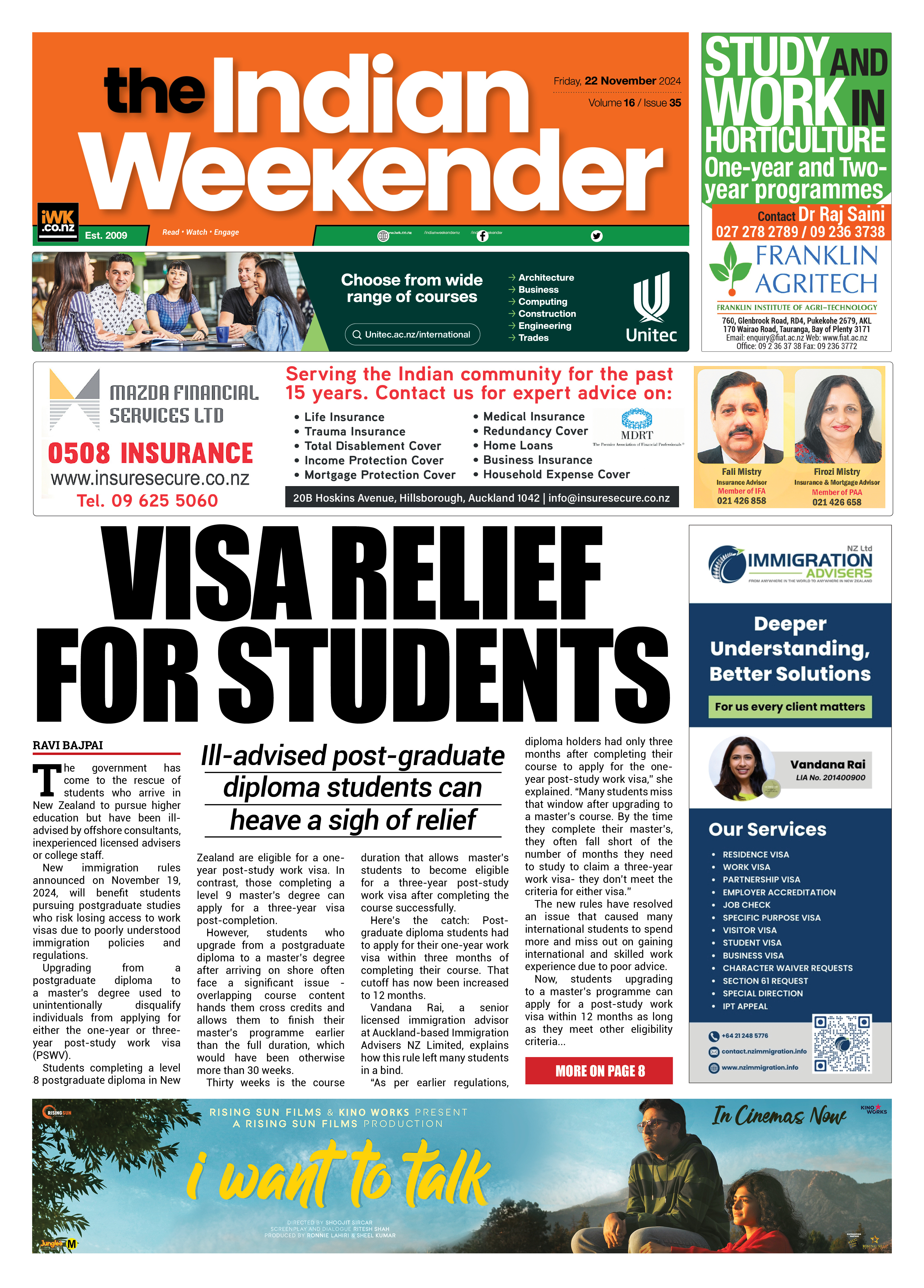Hi tech Kiwi company’s stellar role in Chandrayaan 3

Seven decades after Sir Edmund Hillary raised the New Zealand-India relationship to Himalayan heights, a Kiwi company has helped catapult it up into deep space – to the moon and beyond, to Mars.
Last week, on 14 July, India successfully launched its third lunar mission, Chandrayaan-3, that is expected to softly land a module on the surface of the Moon. At the heart of Chandrayaan’s highly complex navigation system are ultra-sophisticated components designed and manufactured by Kiwi company Rakon at its hi tech factory in Bengaluru.
Auckland-headquartered Rakon is a leading global provider of frequency control products for the space and high reliability sectors. They have been a preferred supplier of oscillators to the Indian Space Research Organisation (ISRO), and the European Space Agency besides other global clients.
Rakon’s new research and manufacturing facility in Bengaluru, only inaugurated in June this year, is the single largest NZ private sector investment in India. Rakon has been operating in India for more than 15 years and has seen remarkable growth, to become the largest provider of advanced frequency control and timing solutions in India.
Speaking to this writer at the sparkling new Bengaluru facility just a few days before the launch of Chandrayaan 3, Rakon India Managing Director Arun Parasnis said, “Chandrayaan 3 mission is proud moment for us as we have contributed with many of our products in this mission.”
 Over the past couple of years, it has expanded its operations with its growing engagement in India’s ambitious space programme. “We were part of earlier Chandrayaan missions as well as Mangalyaan mission and there will be many more to come,” Parasnis said. Mangalyaan was ISRO’s first designed and built unmanned interplanetary mission that consisted of a Mars orbiter launched in 2013 that continues to orbit earth’s nearest neighbouring planet.
Over the past couple of years, it has expanded its operations with its growing engagement in India’s ambitious space programme. “We were part of earlier Chandrayaan missions as well as Mangalyaan mission and there will be many more to come,” Parasnis said. Mangalyaan was ISRO’s first designed and built unmanned interplanetary mission that consisted of a Mars orbiter launched in 2013 that continues to orbit earth’s nearest neighbouring planet.
In investing in the new facility, the company took advantage of Indian Prime Minister Narendra Modi’s ‘Make in India’ programme, which encourages global companies to manufacture in India. It invested in excess of NZ$15 million in the new Bengaluru facility. Its location in Bengaluru, at the Special Economic Zone Aerospace Park is in the heart of the aerospace technology hub, adjacent other global aerospace giants like Boeing.
Rakon has plans to invest an additional NZ$55 million in its Indian operations within the next three to five years. As of now, it employs more than 500 skilled individuals from the local community in the thriving high-tech sector. As the company continues to expand, it aims to hire additional staff in the hundreds over the next five years. Located in the aerospace technology hub of Bengaluru, Rakon benefits from its strategic position in the industry.
As part of its long-term strategy, Rakon plans to relocate certain product lines from its manufacturing sites in NZ and France to the new facility. This transfer is expected to have a positive impact on margins, as the company anticipates lower manufacturing overhead costs. In addition, Rakon has made provisions within the new facility to facilitate the future expansion of its proprietary XMEMS® resonators and nanotechnology manufacturing process.
The new building is designed for expansion and there is potential to build two additional floors, Parasnis said. The design of the new facility adheres to sustainable building practices, emphasising efficient water and energy usage. Rakon anticipates that the facility will meet the criteria for obtaining a Leadership in Energy and Environmental Design (LEED) certification.
Rakon operates from seven manufacturing sites owned by the company or its partners and has six research and development centres, totally employing more than 1000 people. It is a listed company on the New Zealand Stock Exchange (NZSE:RAK).
While helping navigate India’s space programme, Rakon has also shown the pathway for NZ companies to navigate their way into the world’s fastest growing market that clearly has an ocean of opportunities.
---
Dev Nadkarni travelled to India on a grant from the Asia New Zealand Foundation.




